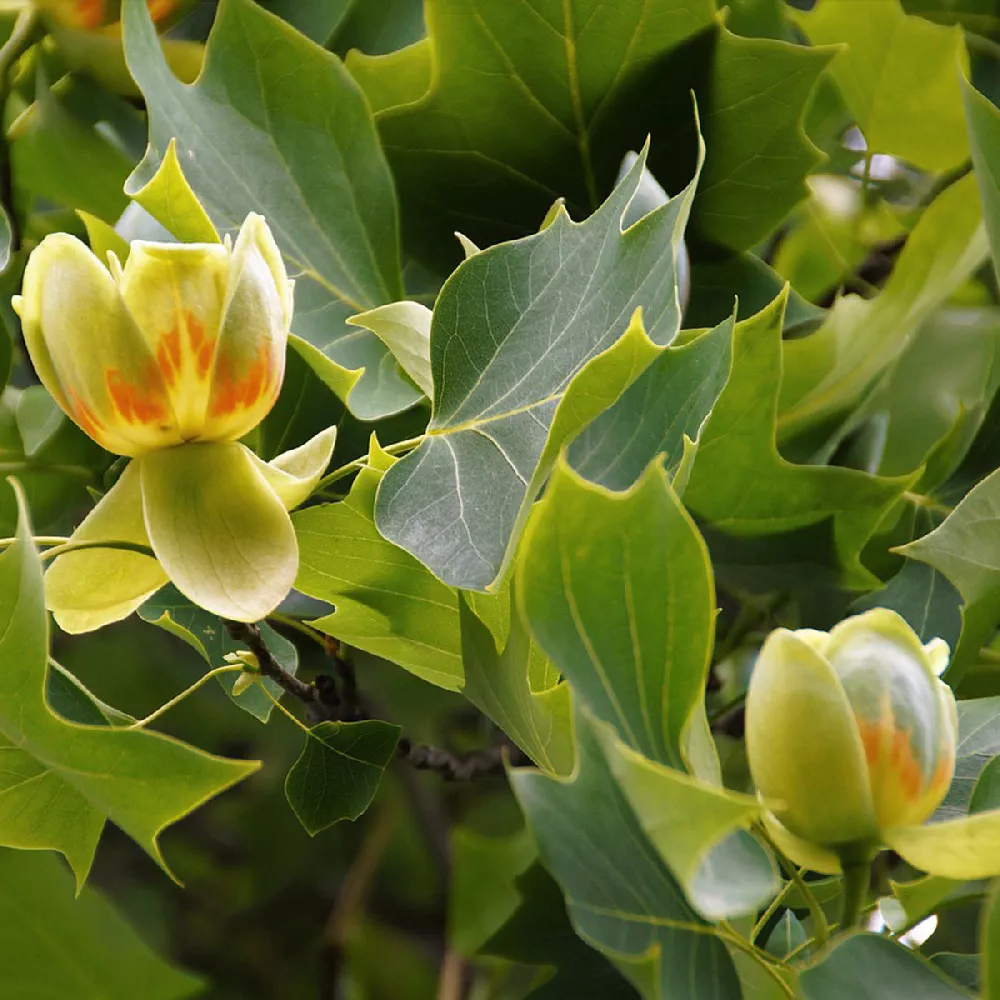- Home >
- Tulips
Tulips for Sale - Buying & Growing Guide
4 Results
Planting and Care
How to Plant Tulips
Tulips are native to the Middle East and Himalayan mountains, and as such, they thrive in areas of cold winters and hot, dry summers. The more you can mimic these conditions, the likelier it is that your tulips will come back after their first year. In warmer climates, you may even want to keep your tulips refrigerated during winter.
In the U.S., your tulips may or may not come back after their first year, as some varieties are more resilient than others. You’ll increase your chances of success if you plant them in a sunny spot in soil that drains well and is amended with organic material. If you can’t plant them right away on arrival, store them in a dry spot with good circulation that has between 40-70 degrees fahrenheit.
How to Grow Tulips
- When. Plant tulips in the fall after the soil has cooled off from summer but before it freezes. That may be September in northern states, while October through December would be better in the south.
- Where. Choose a site with good afternoon sun and neutral to slightly acidic, fertile soil. Tulips don’t like areas that are constantly wet.
- How. Loosen soil to a depth of 12-15 inches and dig in 2-4 inches of well-rotted compost or manure. Bulbs are best planted in groupings. Arrange them first where they will go, then dig a hole about 6-8 inches deep for each bulb. Plant with the pointed end up. Cover with soil and tamp down, then water thoroughly.
How to Care for Tulips
Watering and nutrients
After planting, water the bulbs weekly until the ground freezes; do not water in the spring unless conditions are very dry, as this can cause fungal diseases. A top dressing of organic mulch will help hold moisture levels steady. In spring when leaves emerge, feed your tulip with bulb food or bone meal and water it in.
Pruning
Deadhead your tulips when the flower fade, but leave the leaves, which will continue to benefit from the sun as they slowly dry. Once they are brown, they can be pruned out.
Pollination
Tulips are self-pollinating, with pollen moving from male to female parts of the flower through the action of wind or animals. They do not produce nectar, so are not usually visited by insects. Although they can be hand pollinated, it is tricky and takes years to produce a new plant. Most commercial planters propagate plants by bulb division.






